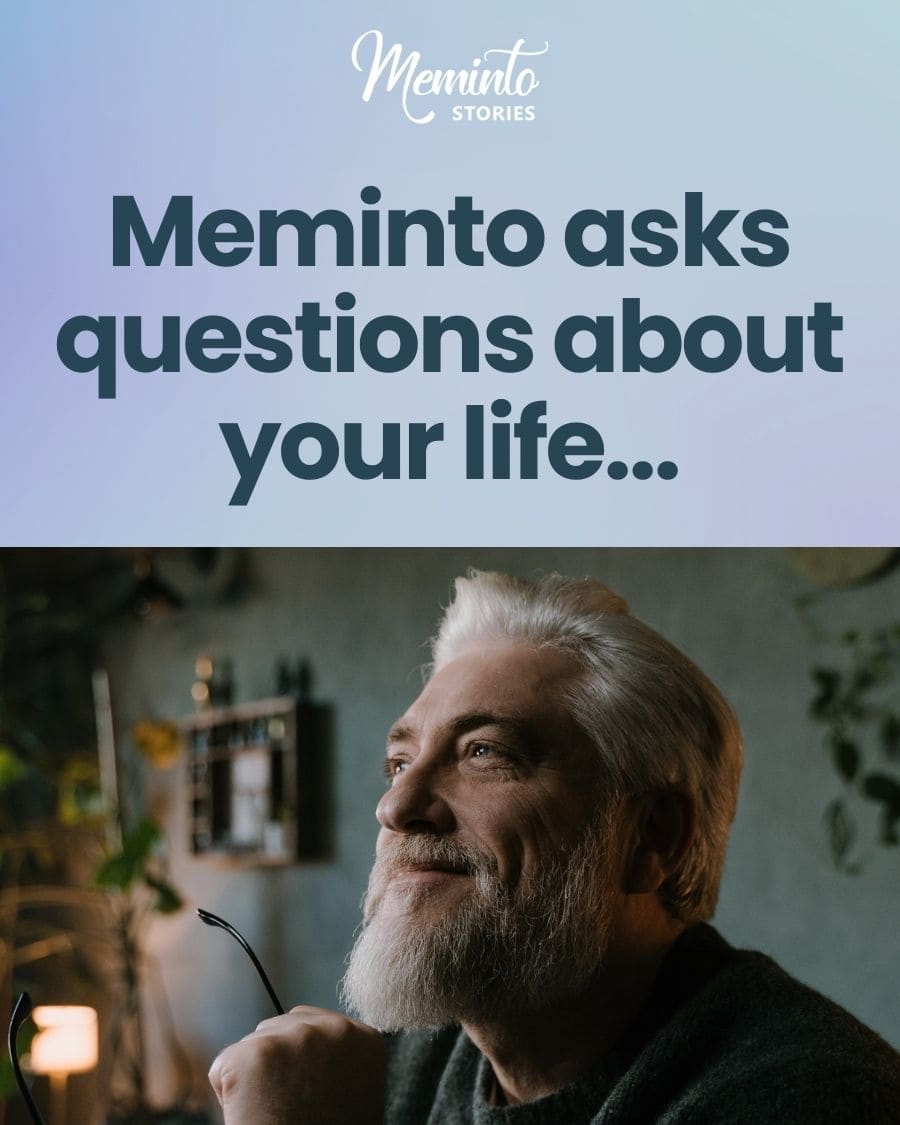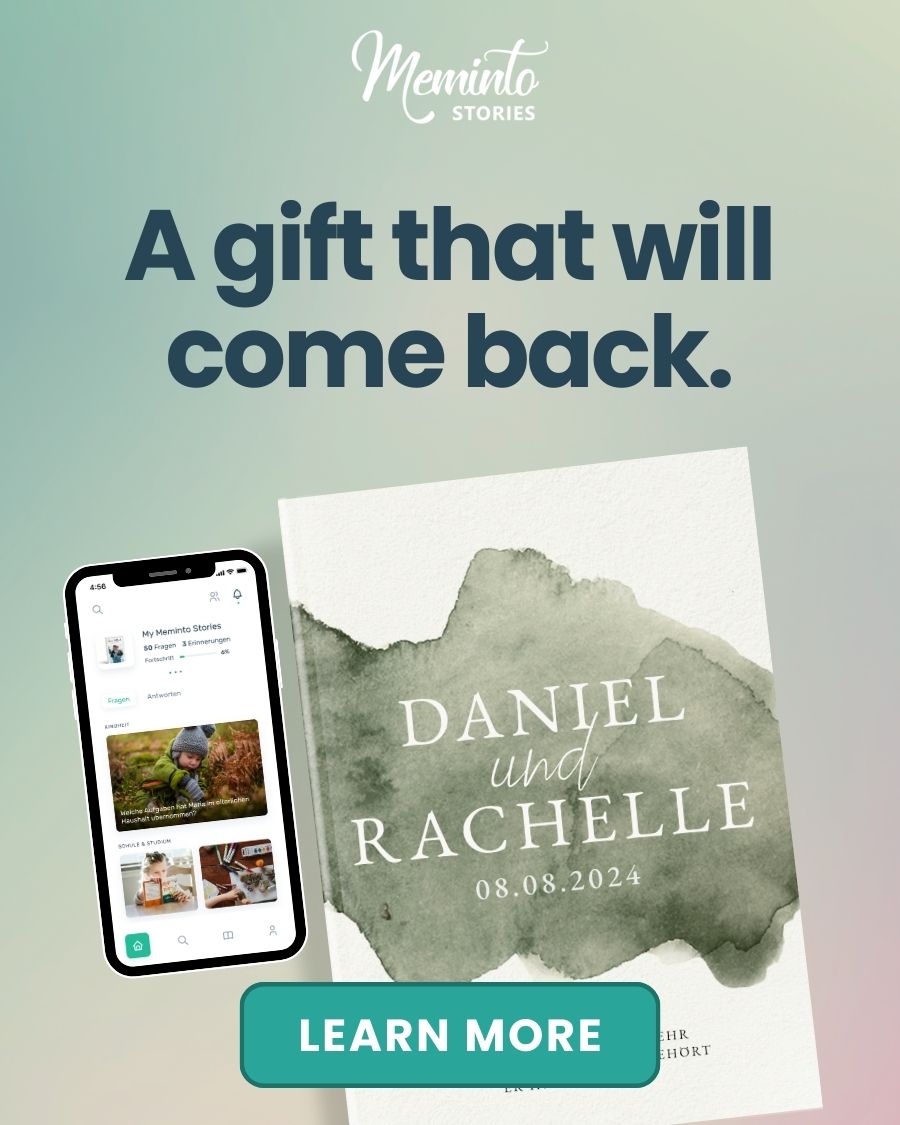Narrative writing is a powerful tool for healing from trauma. By organizing life experiences into structured stories, you can process difficult emotions, regain control over your personal narrative, and improve mental well-being.
Here’s how it works:
- Process Emotions: Writing creates a safe space to explore and release complex feelings.
- Reclaim Your Story: You decide how to frame and interpret your experiences, empowering yourself.
- Mental Health Benefits: Writing reduces anxiety, builds resilience, and fosters self-awareness.
4 Steps to Start Writing for Healing:
- Create a Writing Space: Find a quiet, private place to write.
- Use Prompts: Start with questions like, “What advice would you give your younger self?”
- Write Freely: Focus on honesty, not perfection.
- Seek Support: Share your story with trusted people if comfortable.
Platforms like Meminto Stories provide prompts and tools to guide your storytelling journey. Writing isn’t just about the past – it’s about reshaping how you relate to it today.
Mental Health Benefits of Writing
This section explores how writing can have a meaningful impact on mental health, focusing on emotional processing, reclaiming personal narratives, and overall mental well-being.
Processing Difficult Emotions
Writing offers a safe space to work through complicated emotions tied to challenging experiences. By putting your feelings into words, you create some emotional distance, allowing you to reflect with greater clarity. This process can help release emotions that may have been buried for years.
Structured writing exercises can help break down overwhelming feelings into manageable pieces, turning vague emotions into something more tangible and easier to understand.
Taking Back Your Story
Trauma often leaves individuals feeling like they’ve lost control, but writing can help you regain ownership of your story. When you write, you decide how to frame your experiences, what to emphasize, and what meaning to take from events. This shift in perspective can be incredibly empowering.
Writing your story allows you to:
- Highlight the parts that matter most to you
- Decide how to interpret and present your experiences
- Find personal meaning in what you’ve been through
- Choose when and with whom to share your narrative
Taking control of your story is an important step toward emotional recovery.
Mental Health Improvements
The benefits of writing go beyond just working through emotions. Regularly engaging in narrative writing can help build emotional resilience and provide tools to maintain mental health over time.
Some of the ways storytelling can help include:
- Easing anxiety tied to traumatic memories
- Boosting confidence in sharing personal experiences
- Offering a sense of closure and resolution
- Enhancing self-awareness of emotions
“With Meminto Stories I found a way to keep all my flashbacks of the first adventure with our child in a book. Now we can cherish them forever.” – Selmakept
Writing about difficult experiences isn’t just about documenting the past – it’s about reshaping how you relate to those experiences today. Many people find that structured writing helps turn painful memories into sources of personal growth and strength. It can also provide hope and inspiration for others navigating similar challenges. Up next, discover practical ways to start your own healing journey through writing.
4 Steps to Start Writing for Healing
These steps can help you begin processing your experiences and shaping them into a meaningful narrative.
Step 1: Create Your Writing Space
Find a quiet, private spot where you can write without interruptions. Make sure your space is:
- Free from distractions
- Comfortable and well-lit
- Secure and private
- Stocked with your preferred writing tools
Step 2: Use Writing Prompts
Writing prompts can help organize your thoughts and memories into smaller, easier-to-handle sections.
Well-told life stories depend on asking the right questions.
– Meminto Stories
Here are some prompts from Meminto Stories to get you started:
- “What advice would you give your younger self today?”
- “Describe the apartment or house where you spent most of your childhood.”
- “What characteristics have you learned to appreciate in your partner?”
Step 3: Write Freely, No Editing
Let your thoughts flow without worrying about grammar or structure. This method allows you to:
- Tap into deeper emotions
- Avoid overthinking or censoring yourself
- Write honestly and openly
- Explore thoughts you might not even realize you had
Don’t aim for perfection – just let your words reflect your feelings and experiences.
Step 4: Seek Support
Consider sharing parts of your writing with someone you trust, like a therapist, close family member, or a supportive group. Start small, sharing only what feels comfortable. Opening up to others can provide encouragement and help you feel understood as you move through your healing process.
Advanced Writing Methods for Healing
Placing Trauma in Life Context
Integrating your trauma into your life story can help you see it from a broader perspective. This method allows you to understand how past events have influenced you while recognizing your personal growth over time.
Meminto Stories offers a structured approach to storytelling by asking reflective questions that help situate challenging experiences within your overall narrative. As Martin from Charleston shares, “Thoughtful, reflective questions that made me feel grateful”. By reframing painful experiences, you may find opportunities for growth. From here, consider how sharing your story with others can deepen your healing journey.
Writing with Others
Telling your story to trusted people can offer new perspectives and build stronger emotional connections.
“With my family, the experience became even more meaningful”.
Collaborative storytelling brings in fresh memories and viewpoints, enriching your narrative. Jessica & Marco experienced this during a special moment:
Our guests gathered stories about us and also recorded the wedding day for us in the book, with lots of pictures and videos. We can always pick it up and dive back in”.
Adding Photos and Audio
Enhance your story by including photos and audio to capture details that words alone might miss.
Barbara, 79, highlights how powerful this can be:
“We started a Meminto when my mother was still alive and we made a lot of audio recordings. Now I listen to it from the book every time I miss her”.
Verena, 32, also shares how adding multimedia made her memories even more vivid:
“So much more than just a photo book. Through the questions, beautiful old memories come up again. Even videos could be loaded into the book. Emotions like when it all happened!”.
Conclusion: Start Your Healing Journey
Using narrative writing to process trauma is a meaningful way to begin healing. Research highlights how storytelling can help people better understand and cope with challenging experiences.
Today, there are tools that make this personal process easier. Platforms like Meminto Stories offer structured prompts to guide you through crafting your story.
Not into traditional writing? Digital alternatives like voice recording, video capture, and AI transcription make it simple. Lynn from Auckland shares:
“My recorded answers were transcribed perfectly.”
Werner, 68, describes his experience:
With just one question per week, I was able to record my life story. That was a lot of fun! I am proud of my book and am already preparing the second one.”
Everyone’s path to healing through storytelling is different. Start by finding a quiet space and allowing yourself to explore your thoughts. If it feels overwhelming, a mental health professional can provide support.
As Jost, 71, puts it:
“A memoir like this also clarifies things for oneself.”
Your story is important and can play a key role in your healing. Take the first step today.
FAQs
What makes narrative writing a powerful tool for healing trauma?
Narrative writing is a unique form of self-expression that helps individuals process and make sense of traumatic experiences. By putting emotions and memories into words, people can gain clarity, reduce emotional distress, and start to reframe their experiences in a more positive light. This process fosters self-awareness and emotional release, which are essential for healing.
Unlike other forms of writing, narrative writing is deeply personal and reflective. It allows individuals to explore their inner thoughts and feelings in a structured yet creative way, promoting both mental and emotional well-being. For beginners, guided prompts and tools like Meminto Stories can make it easier to start this journey, offering a supportive framework to transform memories into meaningful, therapeutic narratives.
What are some helpful writing prompts to start processing trauma?
Writing can be a powerful way to process and heal from trauma. Here are a few prompts to help you get started:
- Describe a moment that changed your life. Focus on the emotions and sensations you experienced at the time.
- Write a letter to your past self. Share words of encouragement or understanding about what you went through.
- What does healing look like for you? Imagine and describe what life could feel like as you move forward.
Remember, there’s no right or wrong way to approach these prompts – write freely and at your own pace. If you’re looking for a structured way to turn your memories into meaningful stories, platforms like Meminto Stories can guide you through the process with personalized prompts and tools to document your journey.
Can sharing my personal stories through narrative writing help in the healing process?
Yes, sharing your personal stories through narrative writing can enhance the healing process. When you share your experiences with others, it can foster a sense of connection and validation, helping you feel less isolated in your journey. This act of sharing can also provide new perspectives on your experiences and emotions, allowing for deeper self-understanding and growth.
Additionally, platforms like Meminto Stories make it easier to record and share your life’s memories in a meaningful way. By turning your stories into a beautifully crafted book, you can preserve your journey while also offering an opportunity to share your narrative with loved ones in an impactful and personal way.

















